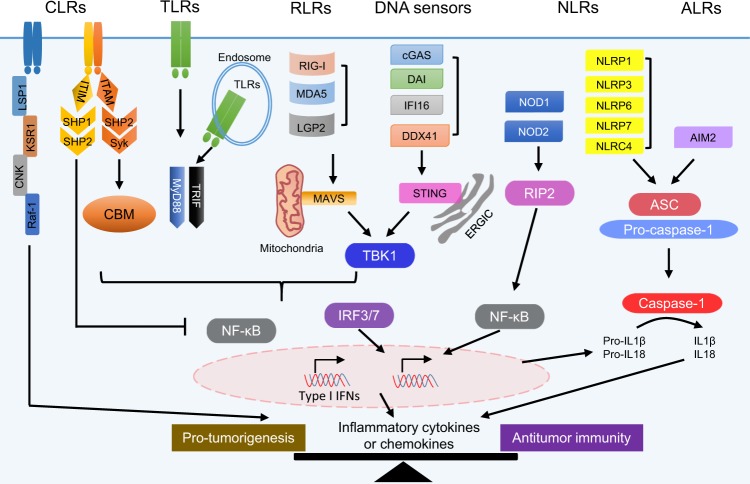Fig. 1. Innate immune sensing pathways and cancer.
Innate immune receptors, including C-type lectin receptors (CLRs), Toll-like receptors (TLRs), RIG-like receptors (RLRs), DNA sensors, NOD-like receptors (NLRs), and AIM2-like receptors (ALRs), are expressed on and/or in various cell types. They cooperate to recognize a variety of danger-associated molecular patterns (DAMPs) from pathogens, damaged cells, or stressed cancer cells and activate downstream signaling for the production of multiple cytokines/chemokines to initiate antipathogen or antitumor immune responses. Here, we list only the key signaling pathways under the receptors upon their ligand binding. For instance, CLRs function through ITAM/Syk/CBM, ITIM/SHP-1/2, or LSP1/KSR1/CNK/Raf-1, TLRs function through MyD88 or TRIF, RLRs function through MAVS, DNA sensors function through STING, and NOD1/2 function through RIP2 to activate cells via the NF-κB and/or IRF3/7 signaling pathways and produce inflammatory cytokines and chemokines. NLRs (such as NLRP1/3/6/7 and NLRC4) and ALRs (AIM2) can form inflammasomes to activate caspase-1, which results in the release of IL-1β and IL-18. The functions of inflammatory cytokines and chemokines in tumorigenesis and antitumor immunity are still controversial, and the balance of these cytokines and chemokines might affect the outcome of activation of the innate sensing pathways in tumorigenesis and antitumor immunity.

